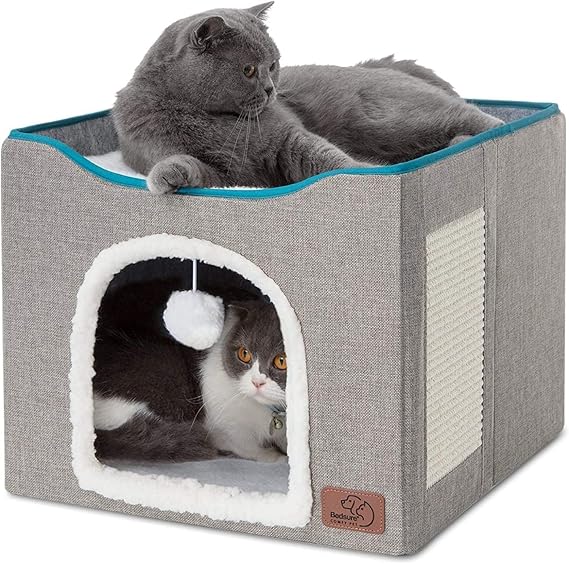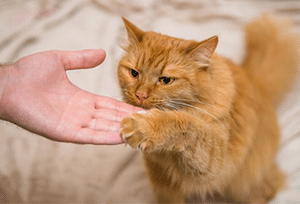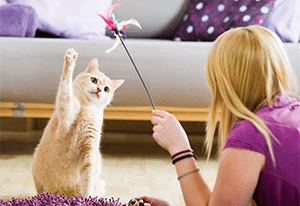Building trust with a cat can be a rewarding experience, but it requires patience and understanding of feline behavior. Cats are naturally cautious animals, and earning their trust involves respecting their boundaries and providing a safe, comfortable environment.
Other Topics You Might Like
Helpful Products You Might Like

Bedsure Cat Beds for Indoor Cats Large Cat Cave

Catstages Kitty Slow Feeder Cat Bowl

PETLIBRO Automatic Cat Food Dispenser
"(Paid Links)" 
Understanding Cat Behavior
Cats are territorial animals, and changes in their environment or routine can cause stress. Understanding their body language is crucial. Signs of a relaxed cat include a high, slowly wagging tail, ears pointing forward, and a gentle purr. In contrast, an anxious or fearful cat may crouch, flatten its ears, hiss, or hide. Recognizing these signals helps you approach them appropriately.

Create a Safe Environment
A cat needs a safe space to retreat to when feeling threatened. This could be a specific room, a cozy bed, or a high perch. Make sure the environment is quiet, with minimal sudden noises or movements, as these can startle cats. Providing hiding spots, like boxes or covered beds, can also help them feel secure.
Slow and Gentle Interactions

When approaching a new cat, move slowly and speak softly. Sudden movements or loud noises can scare them. Extend a hand for them to sniff, but don't force interaction. Let the cat decide when and how to engage. Sitting quietly in their presence allows them to get used to your scent and presence.
Positive Reinforcement
Using treats and toys can encourage positive associations with you. Offer treats when the cat approaches or plays near you. However, avoid overfeeding or using human food, as this can lead to health issues. Interactive play, using toys like feather wands or laser pointers, can also help build trust and strengthen your bond.
Respect Their Space and Boundaries
Not all cats enjoy being held or petted. Learn where and how your cat likes to be touched. Common areas cats enjoy being stroked include under the chin, behind the ears, and along the back. If they show signs of discomfort, like twitching tails or ears, or they move away, respect their wish for space.

Consistency and Routine
Cats thrive on routine. Feeding them at the same time each day, maintaining a consistent play schedule, and keeping a steady daily routine can help them feel secure. Consistency also extends to your interactions with the cat, helping them understand what to expect from you.
Time and Patience
Building trust with a cat takes time, especially if they have had negative experiences with humans. Be patient and don't rush the process. Celebrate small victories, like the cat coming closer to you or accepting a pet. Over time, these small steps can lead to a strong, trusting relationship.
Professional Help
If you're struggling to gain your cat's trust, consider consulting a veterinarian or animal behaviorist. They can provide insights into your cat's behavior and suggest strategies to improve your relationship.
